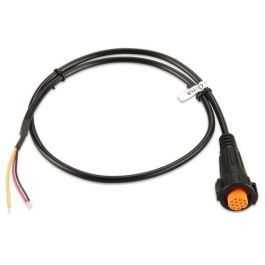Skybolt
Well-Known Member
- Nov 11, 2014
- 6,471
- Boat Info
- Reel Nauti
460 EC
- Engines
- Detroit 6v92TA
(Low profile's)
Alison Gears
Westerbeke
12.5kw Genset
So my RM heading sensor STB and will not calibrate the compass so now the boat follows straight, but is sideways. That troughs off the info like XTE ect.
I believe it's time to upgrade to a new AP.
Question on one thing though, can the new Garmin units "follow track"s and also follow "auto guidance"? Haven't read a thing on this, so I am taking the easy way out on this one.
I believe it's time to upgrade to a new AP.
Question on one thing though, can the new Garmin units "follow track"s and also follow "auto guidance"? Haven't read a thing on this, so I am taking the easy way out on this one.




